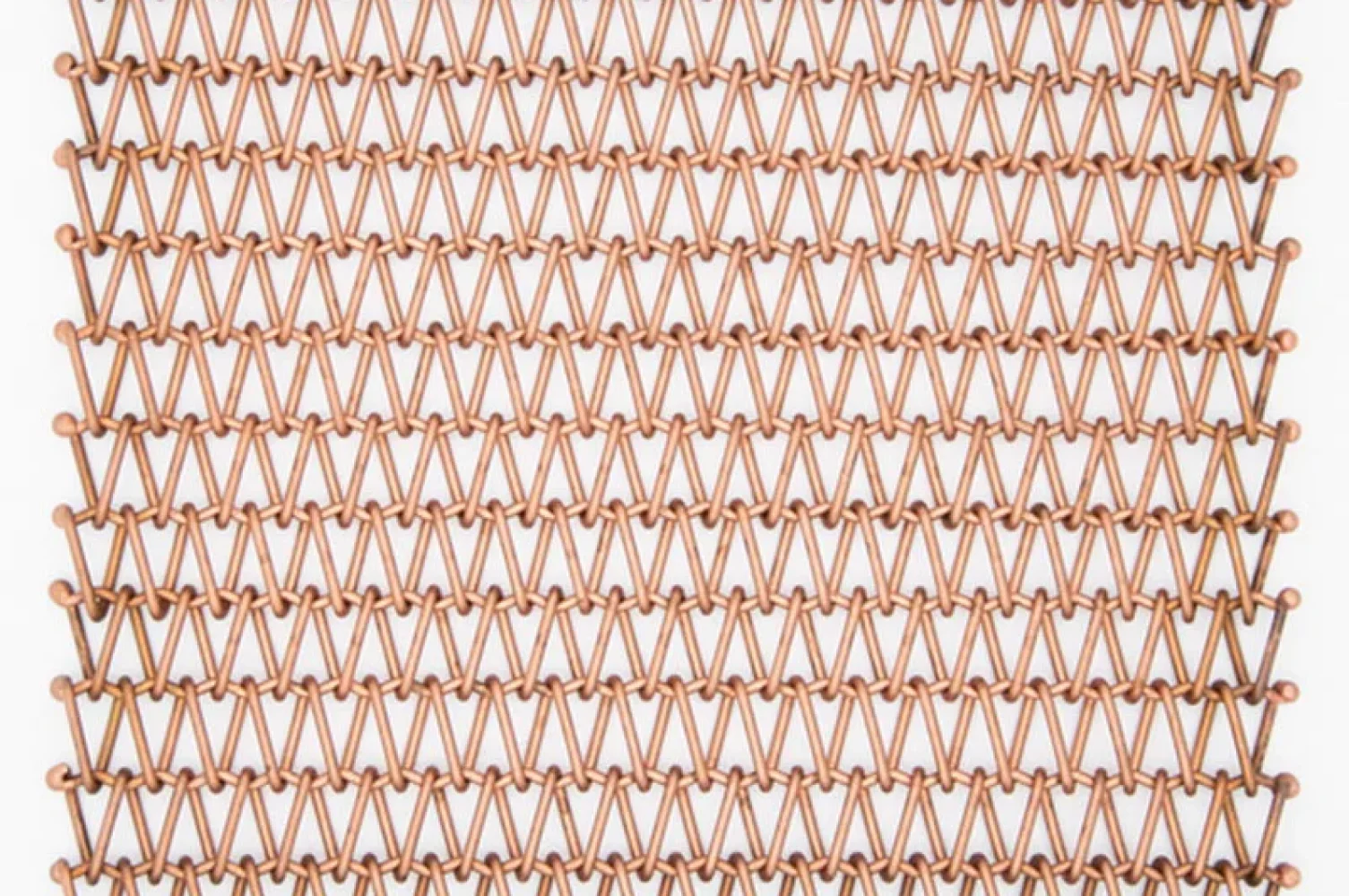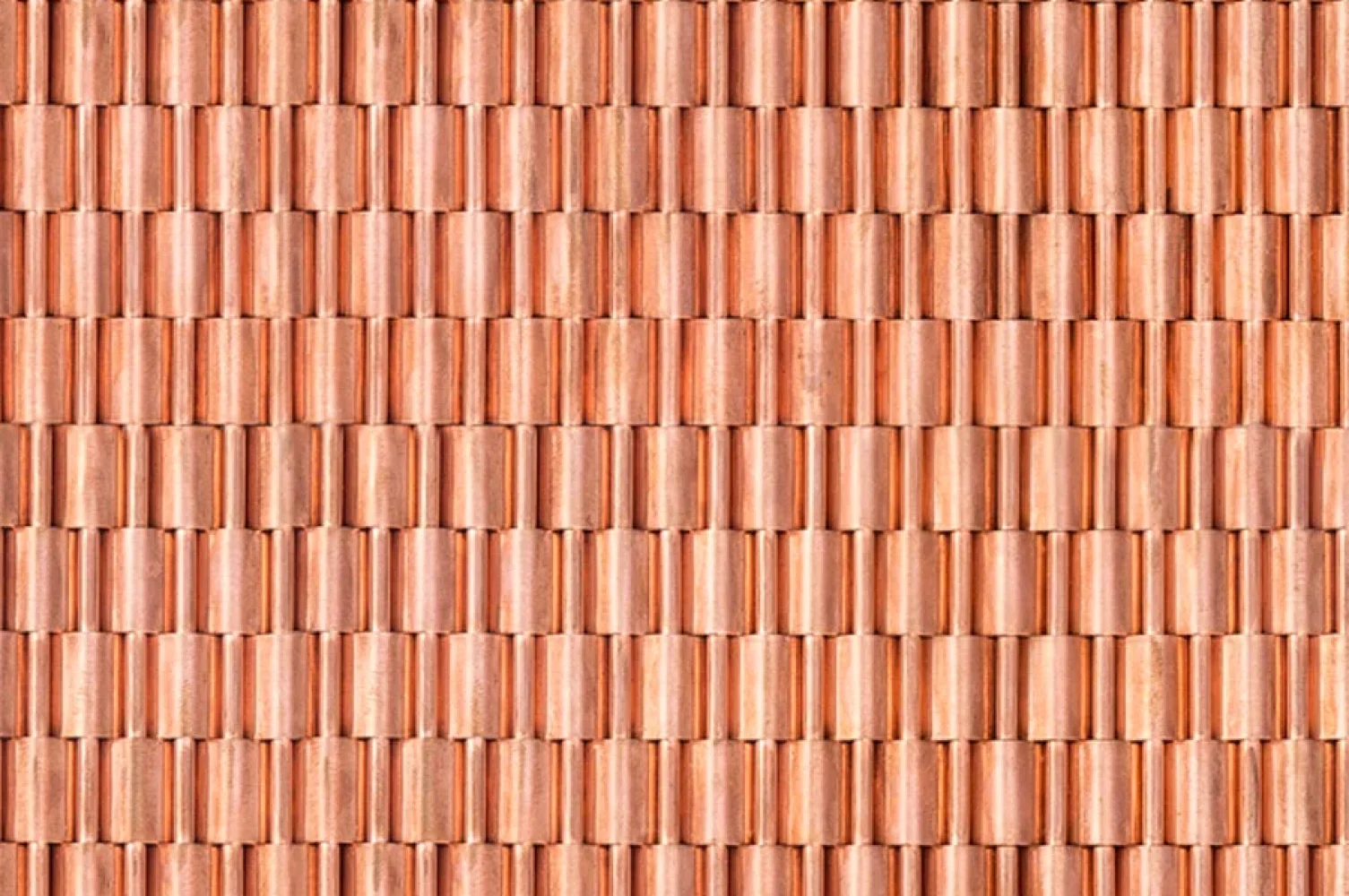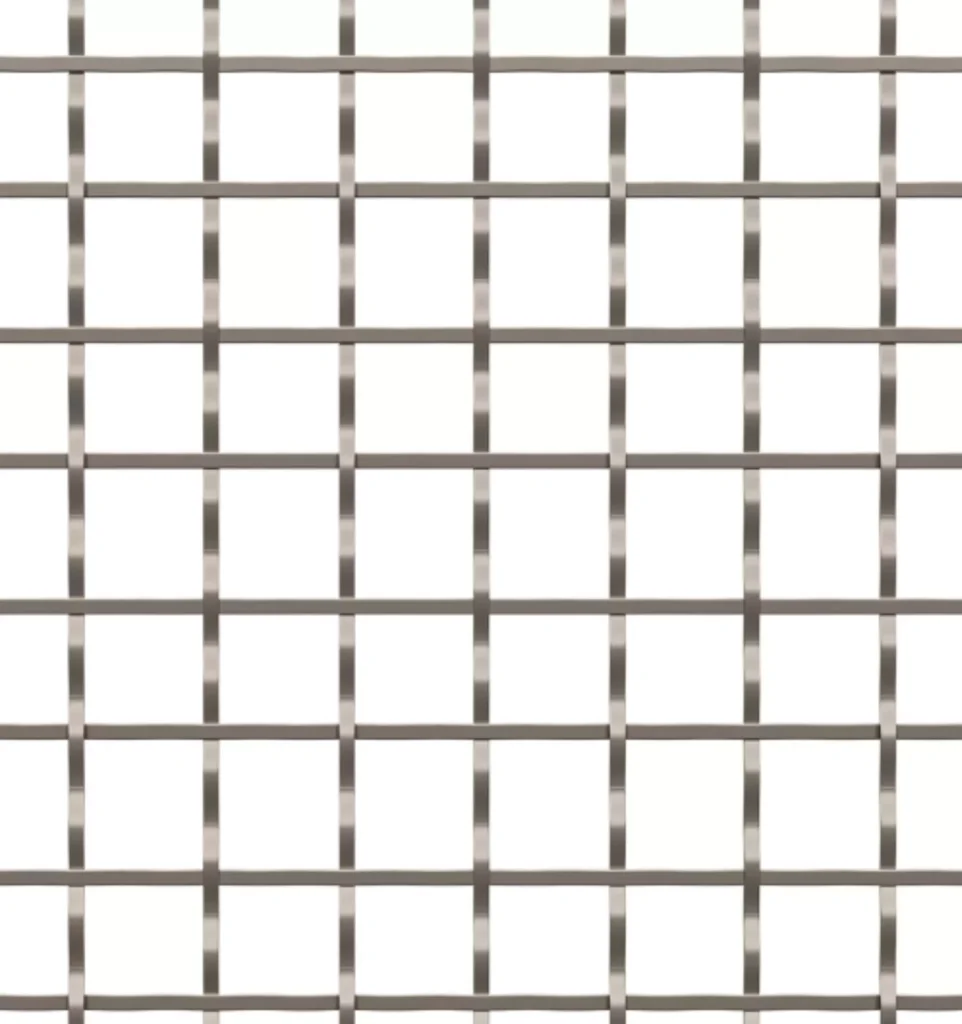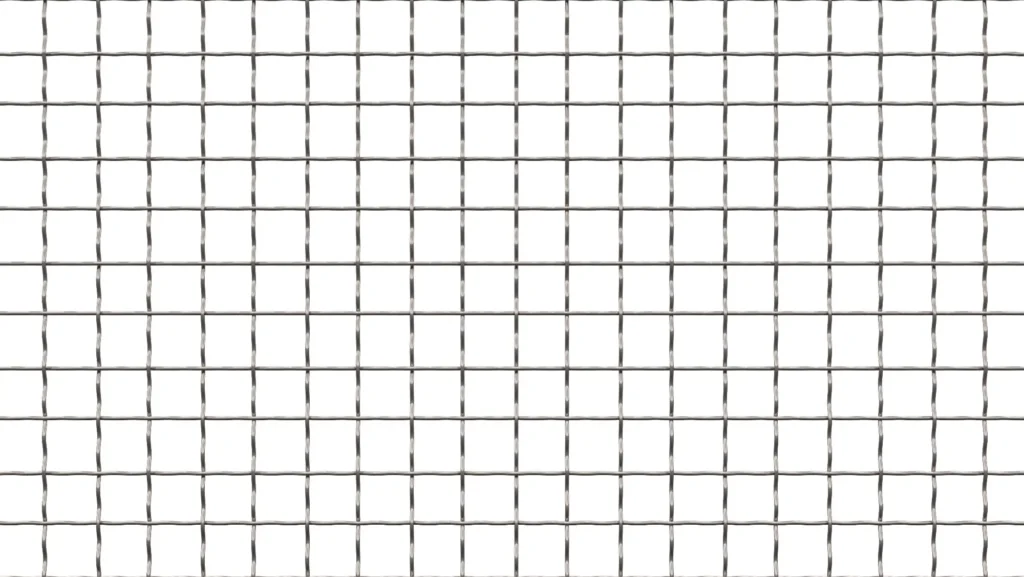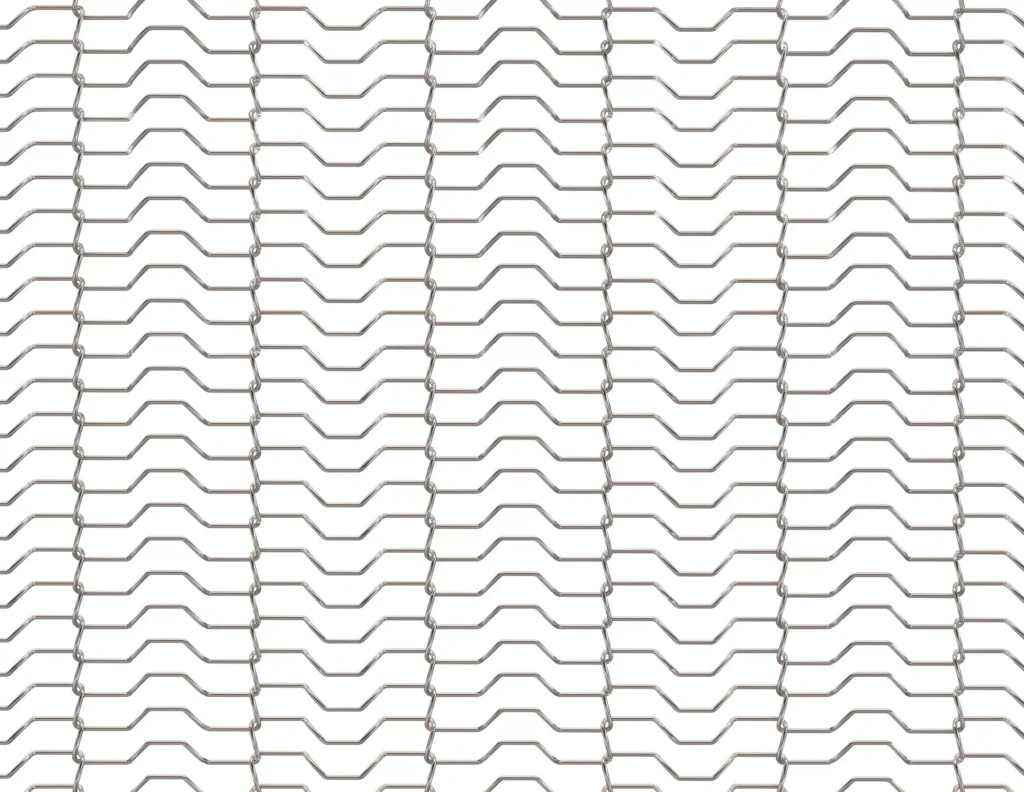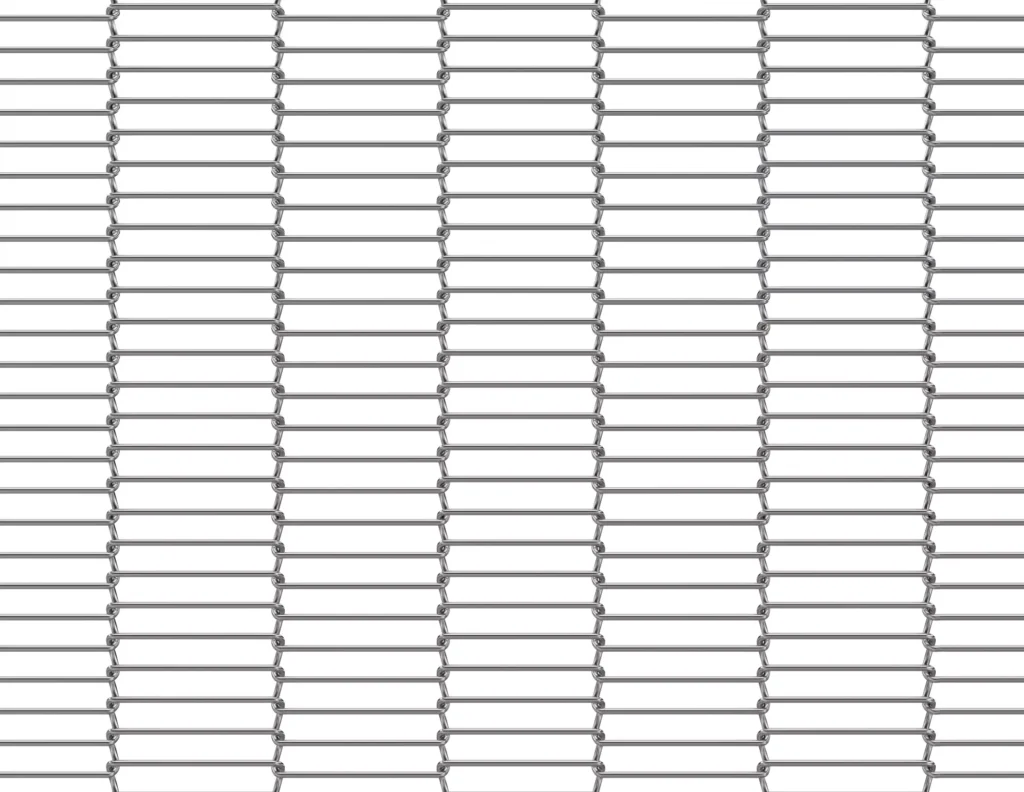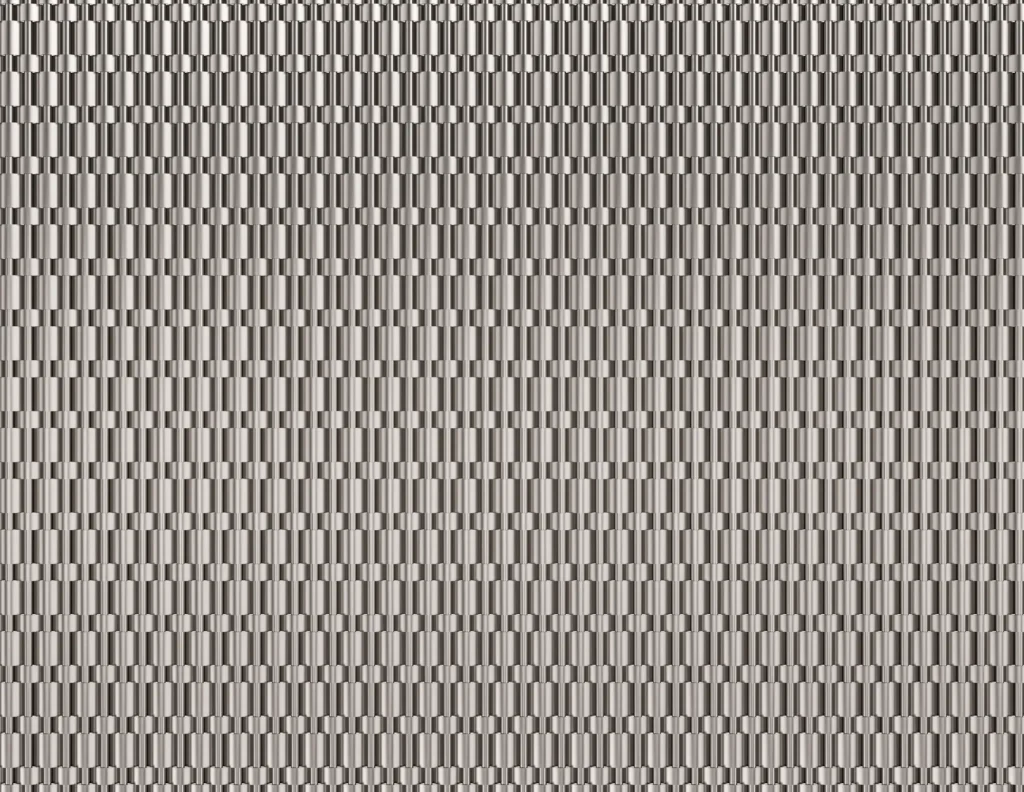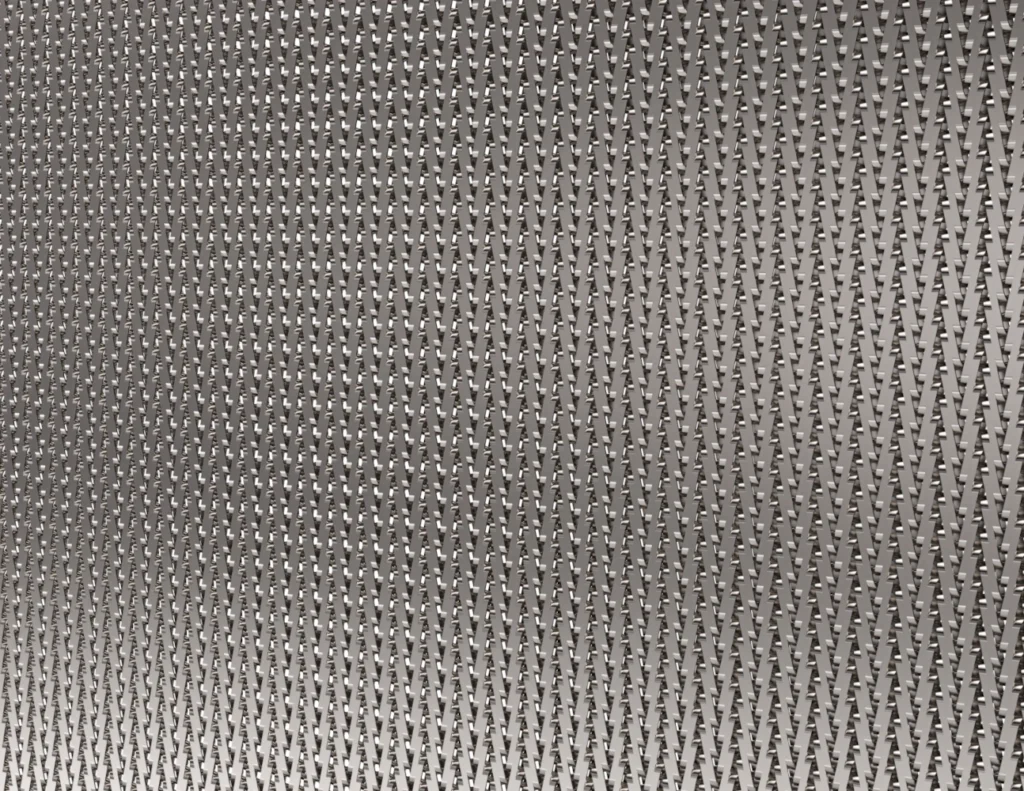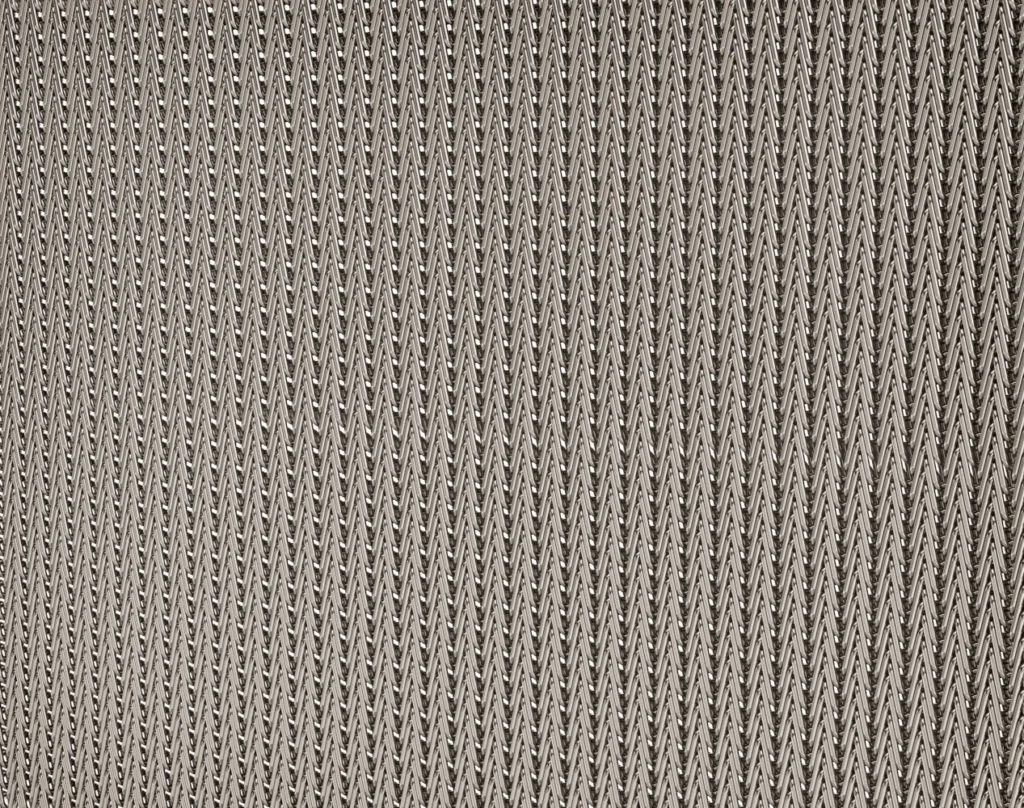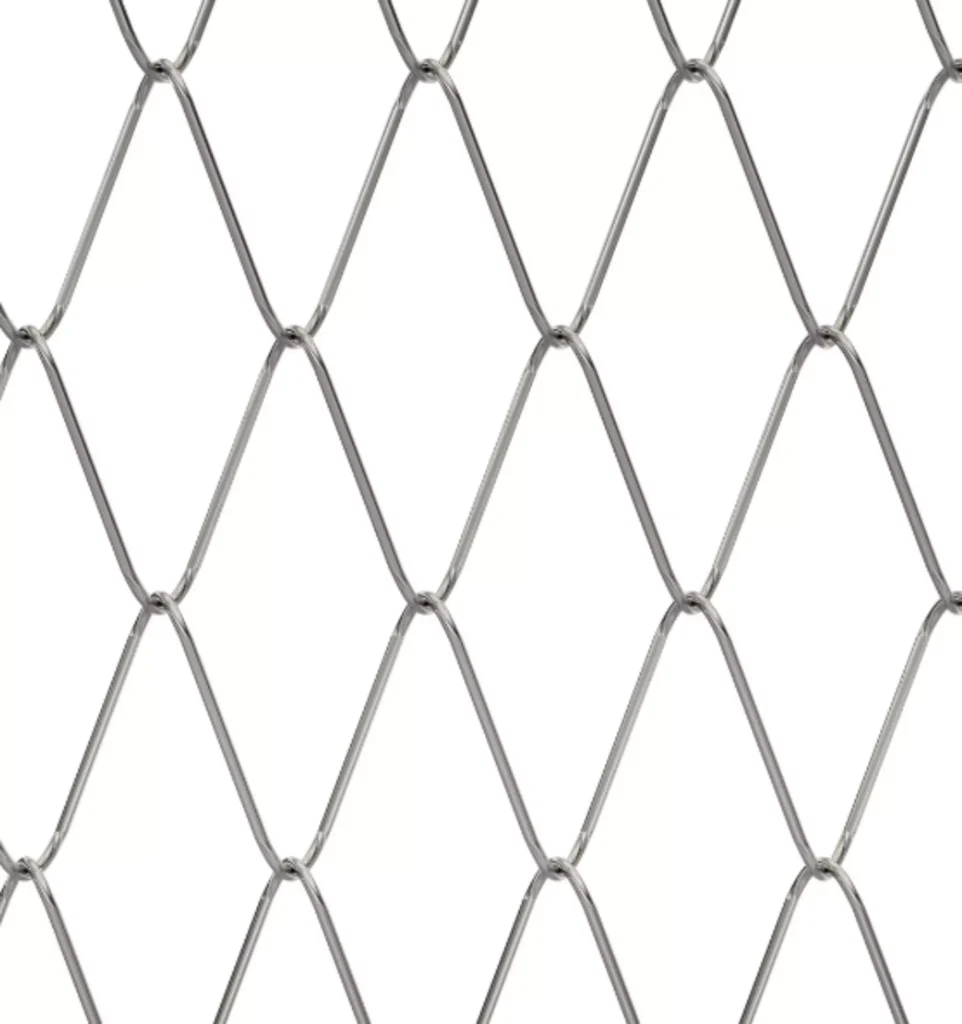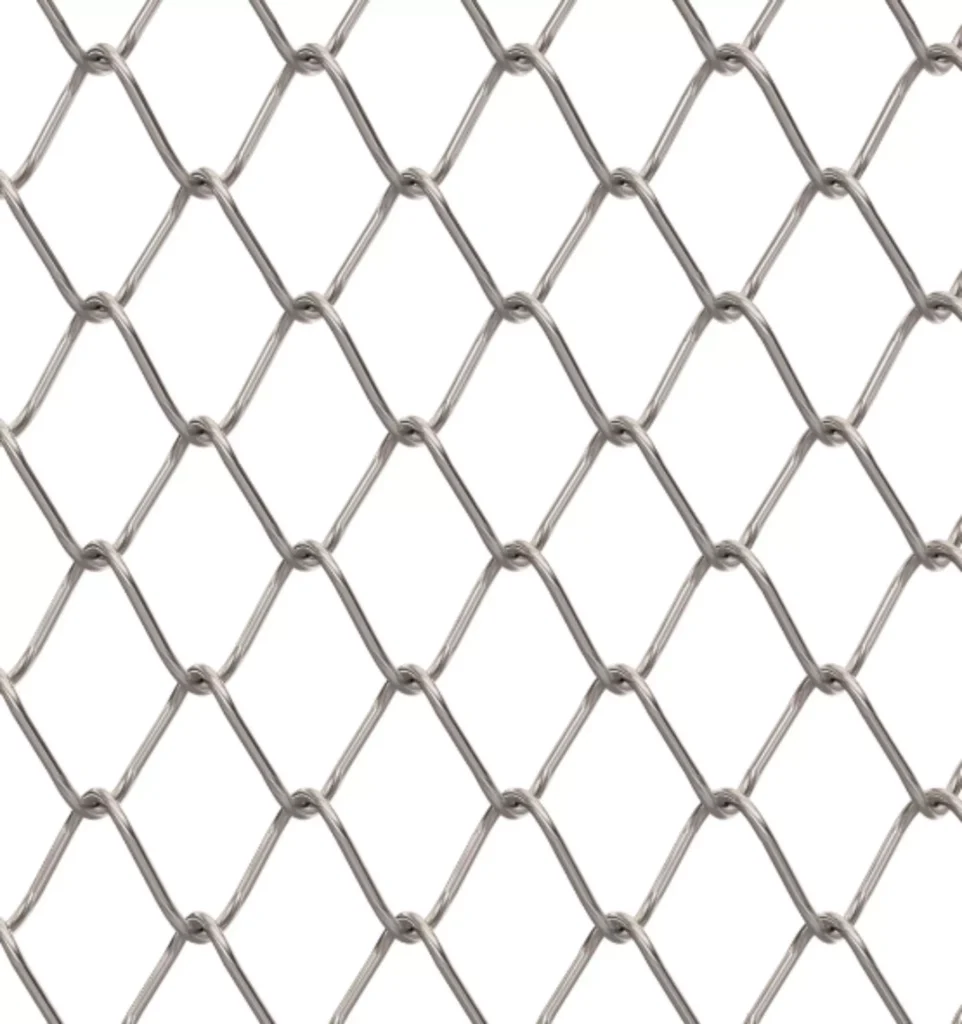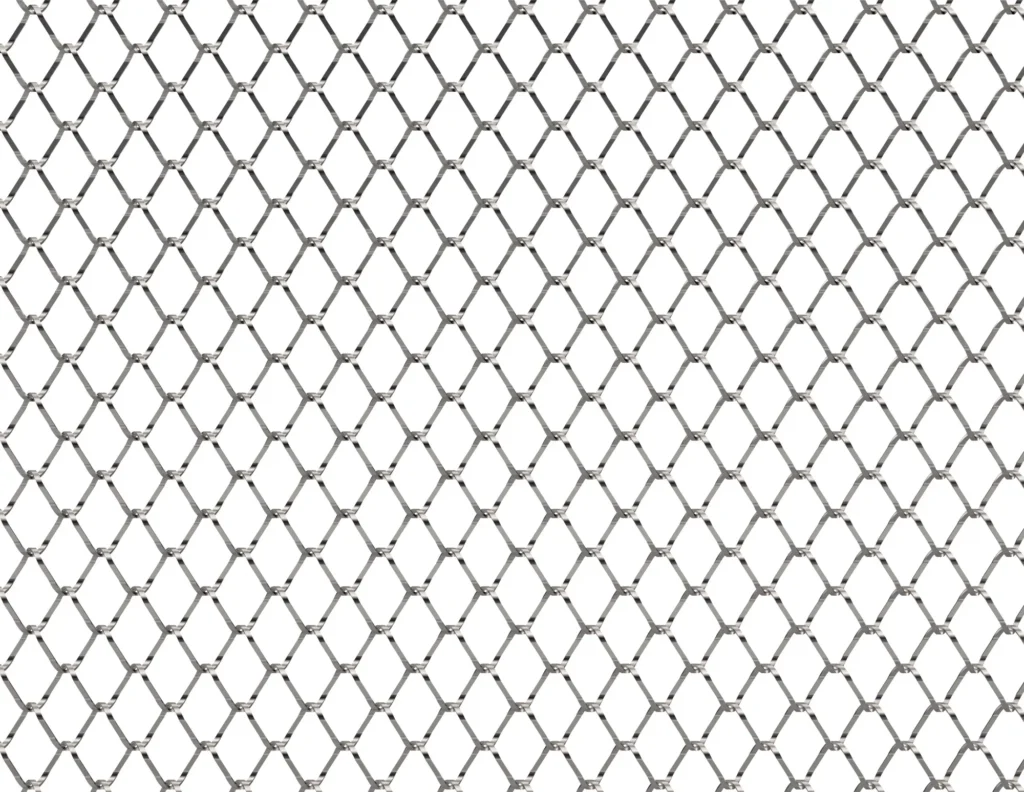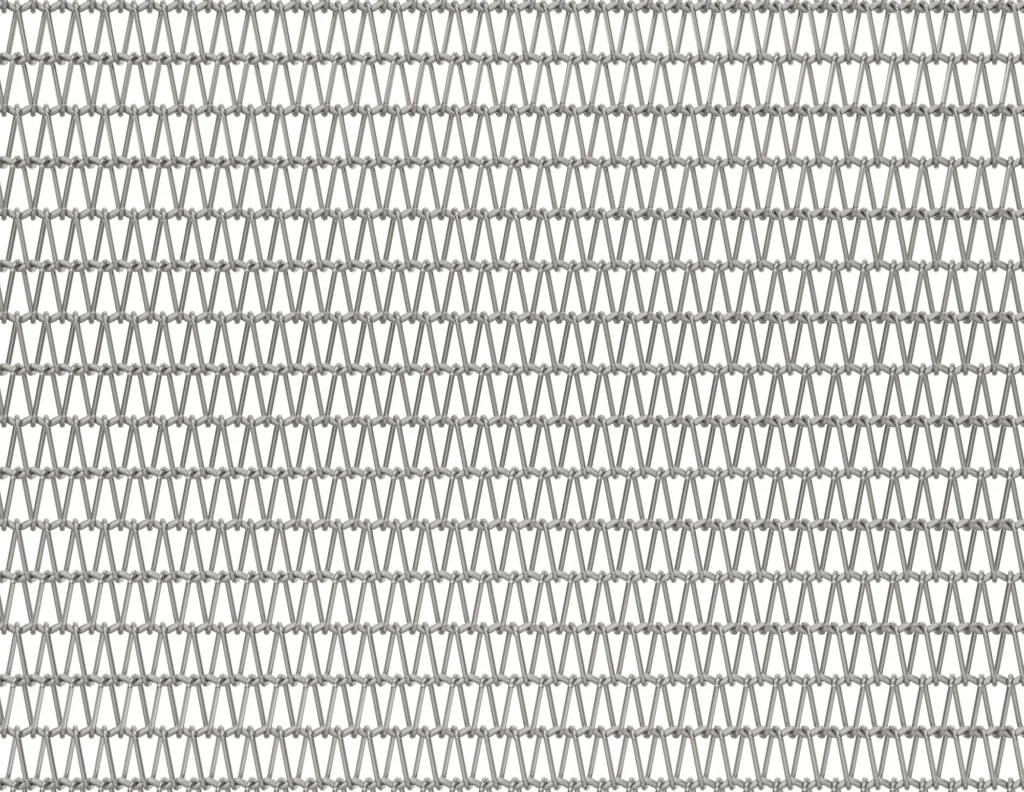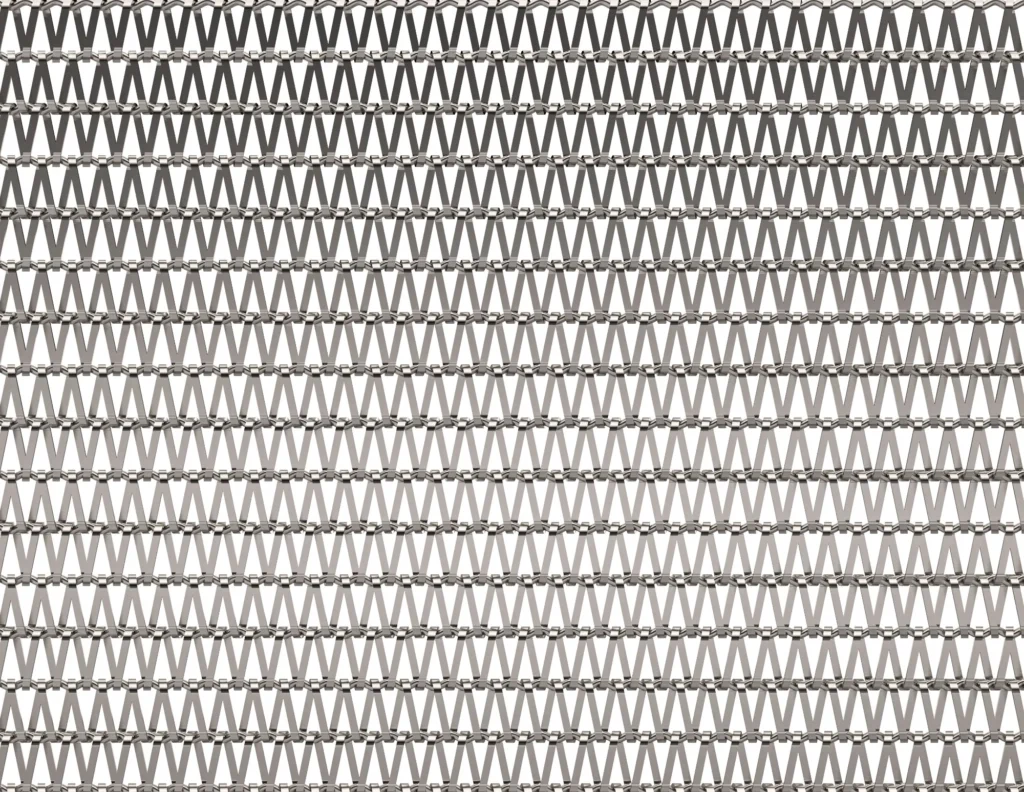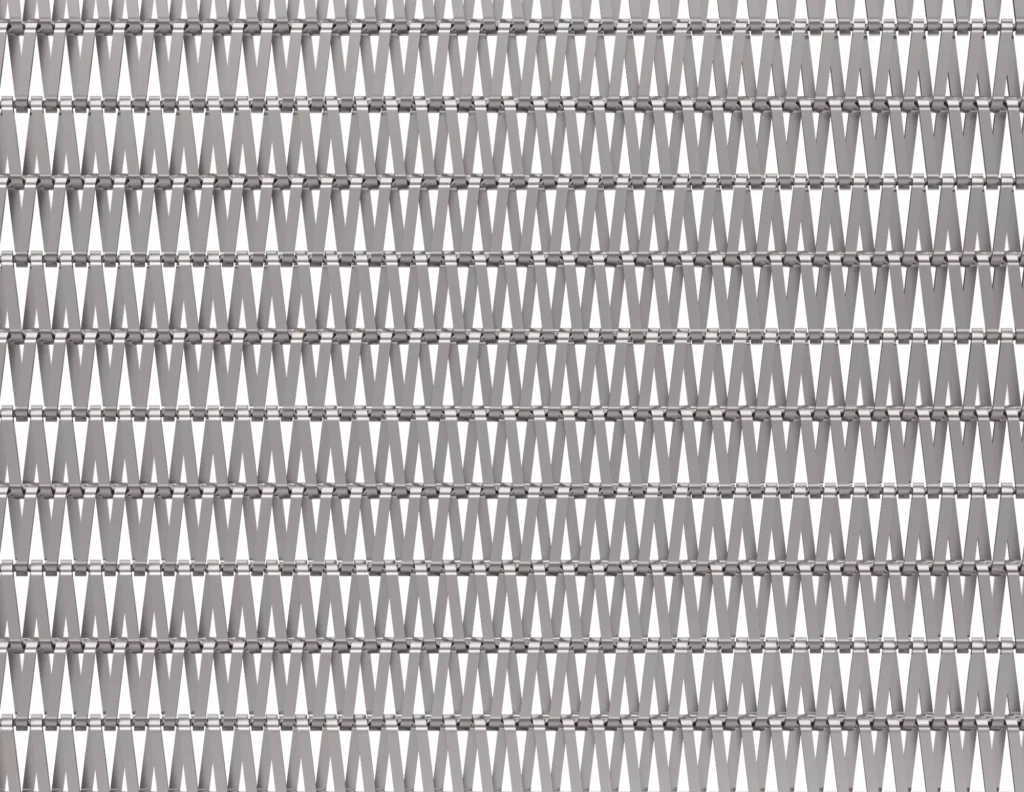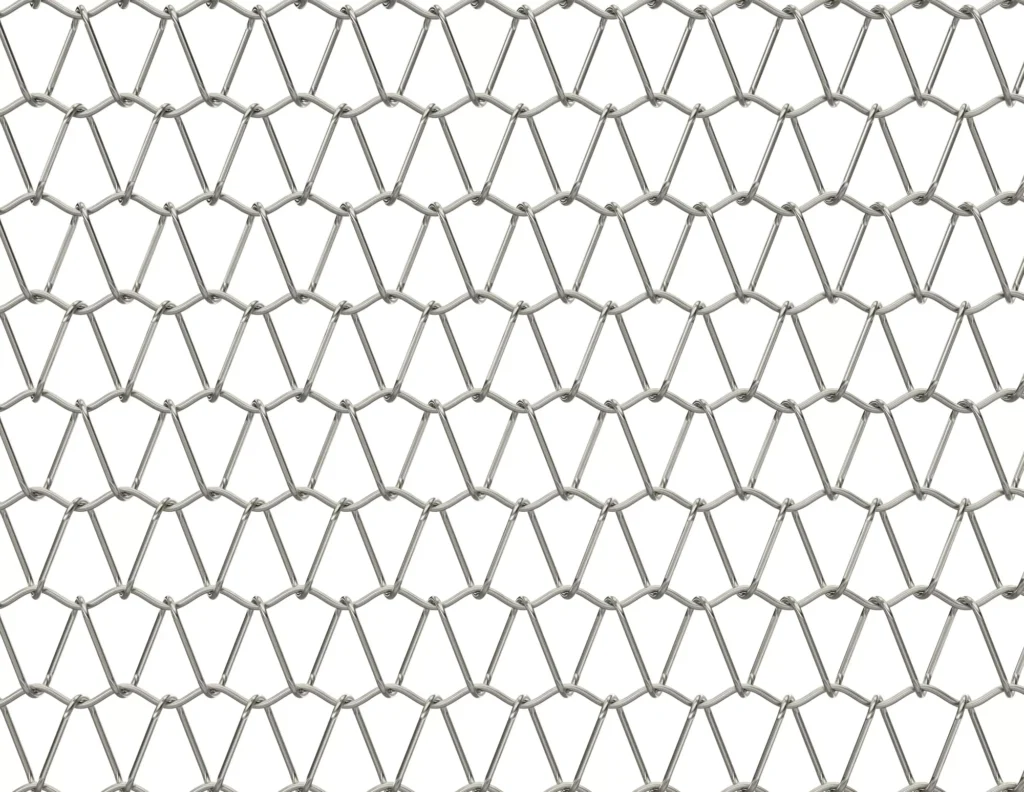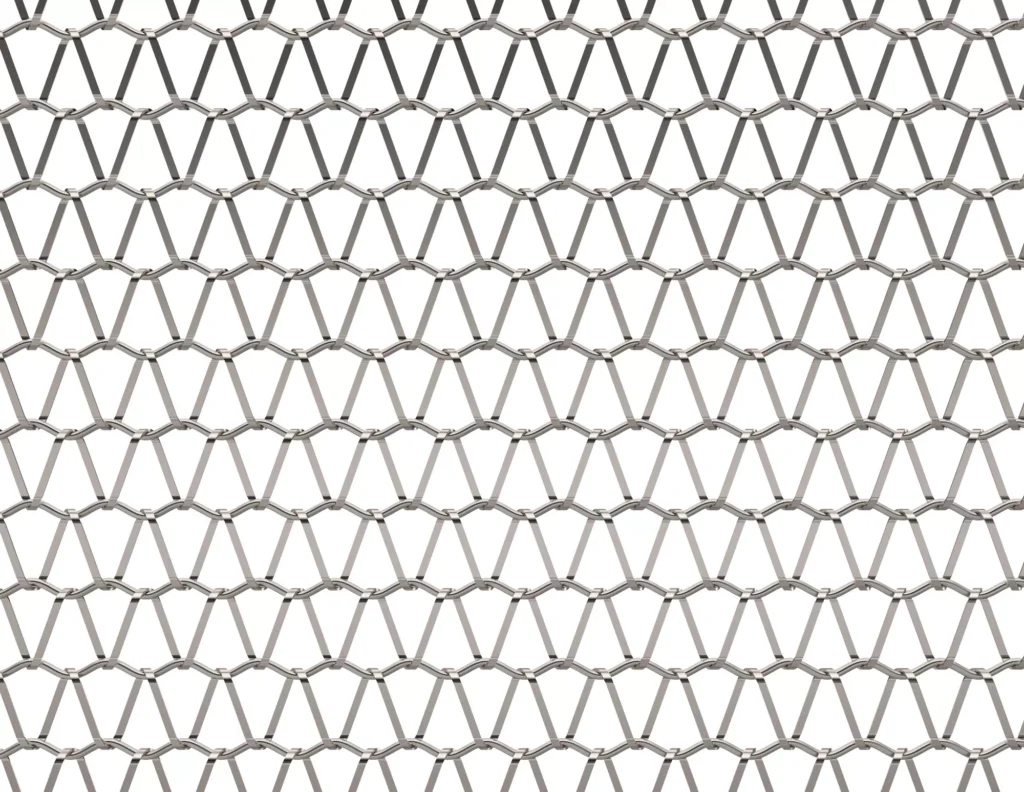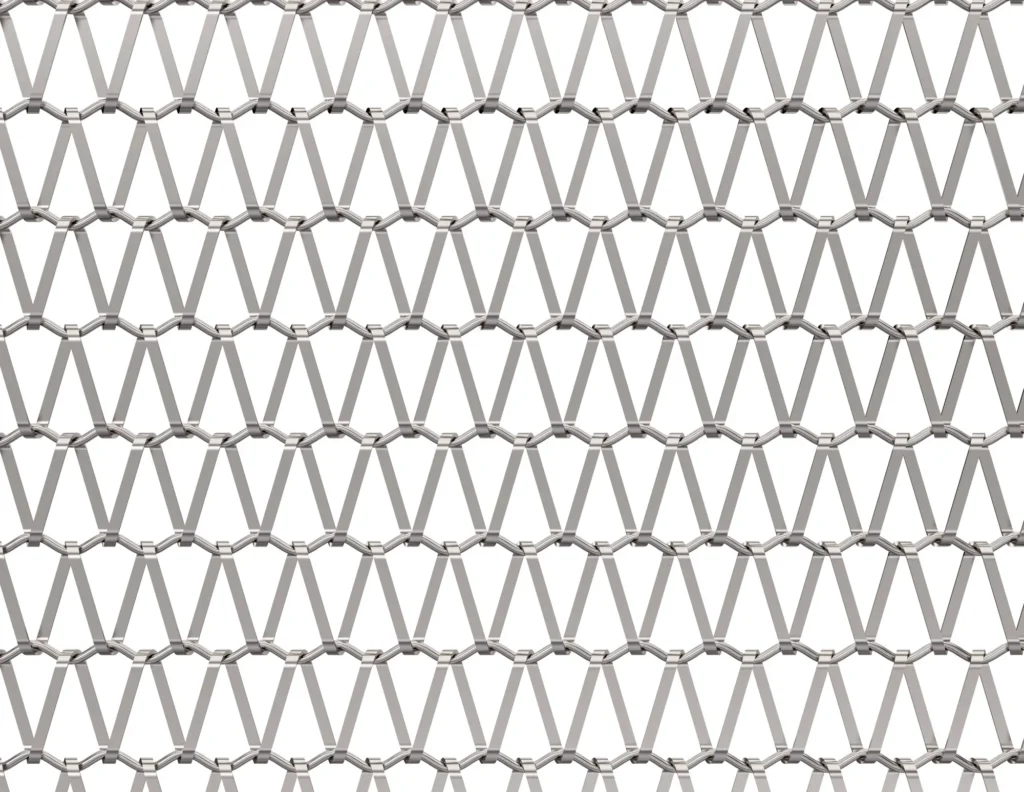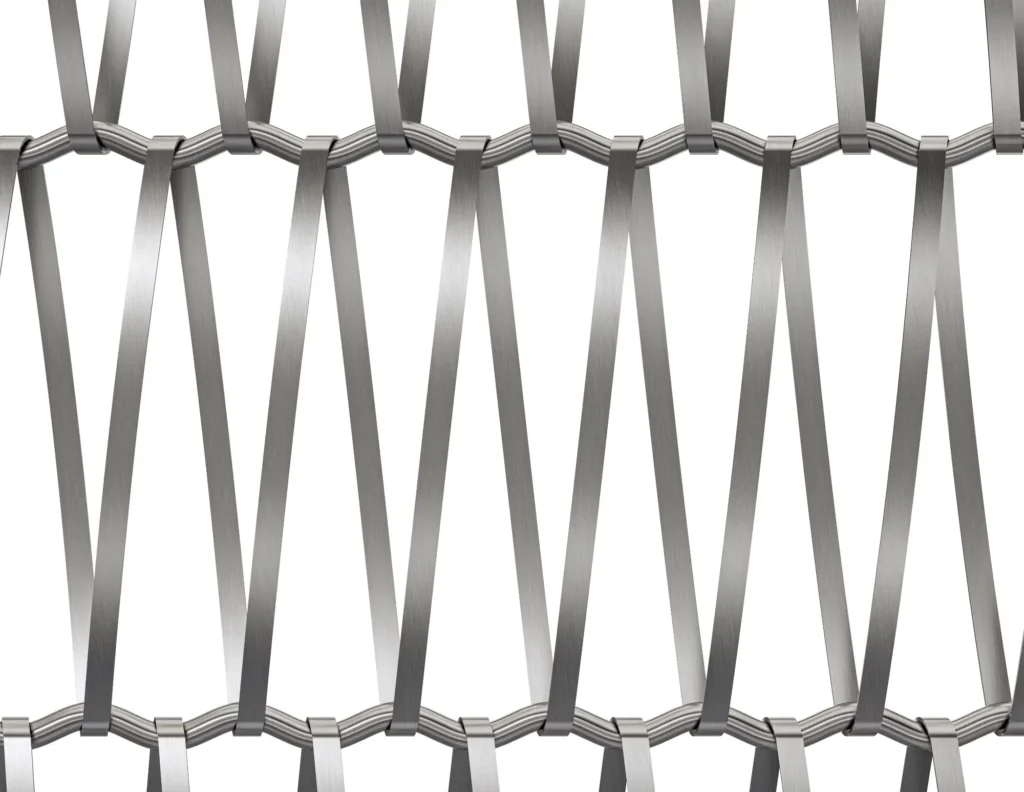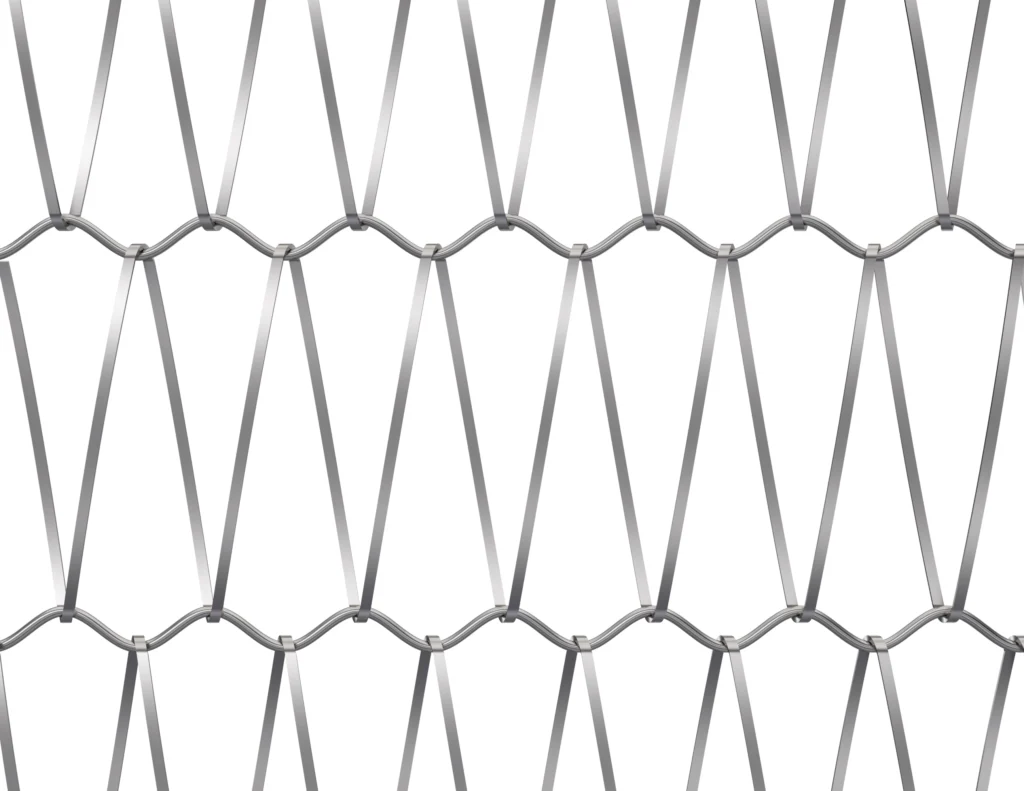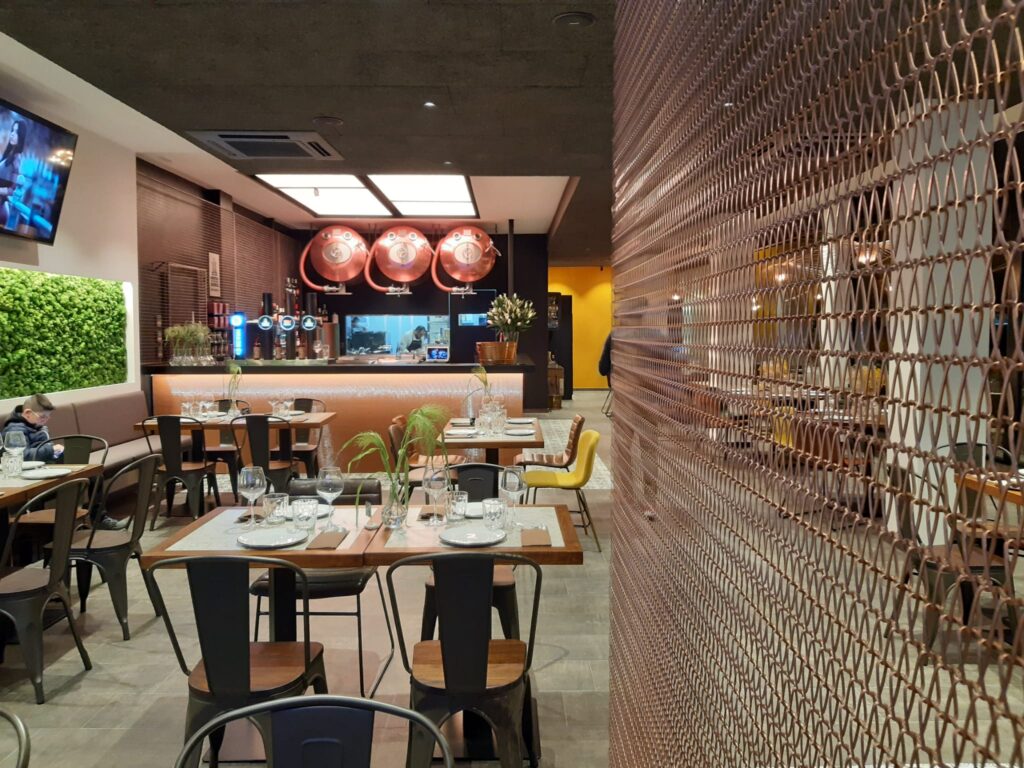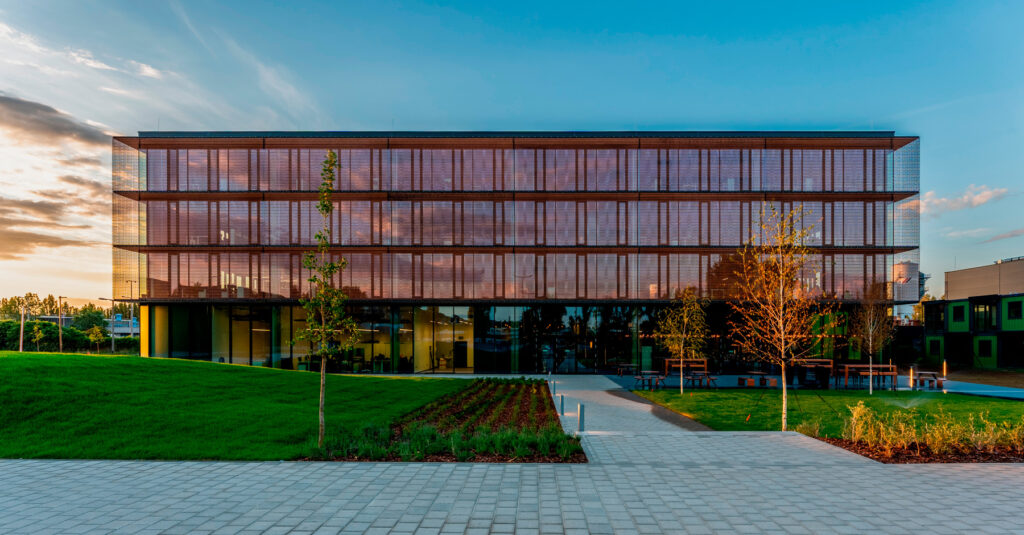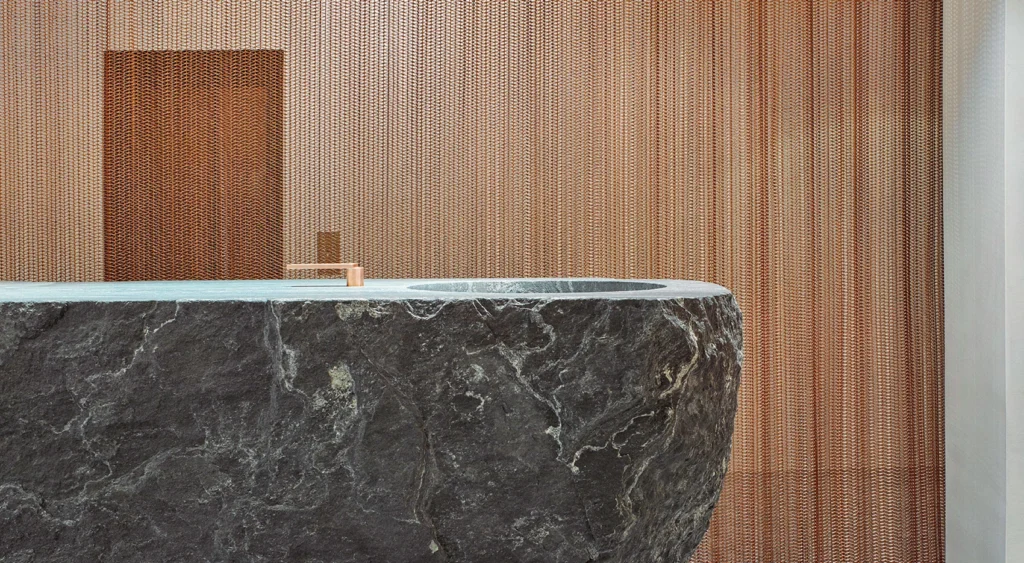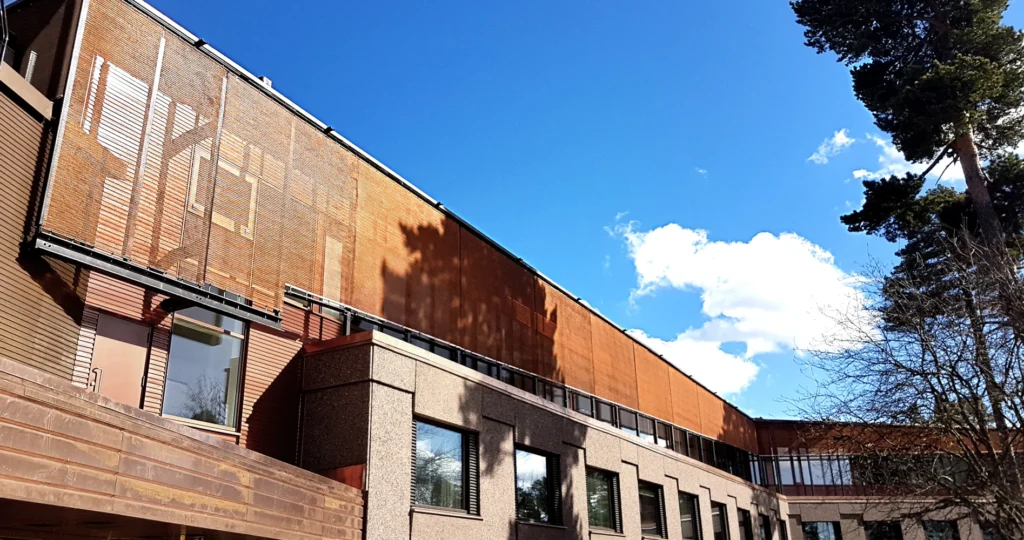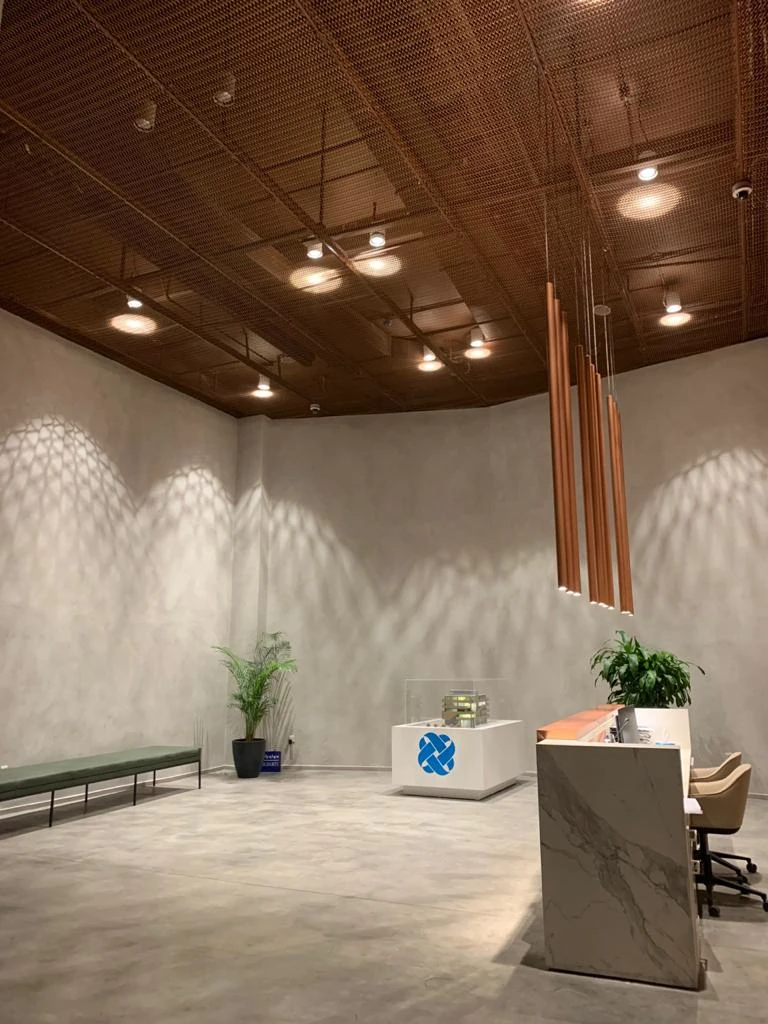Copper mesh are widely used in industry due to its numerous properties: high resistance to corrosion, ability to withstand extreme temperature changes, high malleability and excellent thermal and electrical conductivity. In architecture and design, it has numerous applications; combining almost naturally with other materials such as wood, brick and glass, it provides a modern and elegant design in both interior and exterior spaces.
Copper meshes will oxidize in the presence of air, moisture and even natural skin oils. Natural color change occurs quickly depending on environmental conditions and exposure time. But in general, in any atmospheric exposure – presence of oxygen, salt, moisture and sunlight – copper will turn from bright shades to brown tones, then to gray and finally to a blue-green or grayish-green patina.
As a 100% recyclable material, copper can be reused over and over again without losing its physical properties. In fact, studies carried out by the European Copper Institute show that copper is a material that, during its production, handling, use and at the end of its useful life, complies with the European regulatory framework to generate the least impact on the environment and people’s health. In this sense, it is the most sustainable metal used in construction, above steel, aluminum and zinc.
There are three possible finishes for copper: Natural, lacquered or textured.
Other materials and finishes available on request. Ask us!
Available models with Copper Mesh
Discover our collection of copper meshes, our material with the most personality. The aesthetics of this valuable metal provide prestige but also offer a vintage, rustic or industrial image depending on its application. Explore the wide range of options available, ensuring that there’s a perfect mesh for every need.
Projects using our Copper Mesh
See how elegant copper mesh is when applied in the right place in a building or in a key interior design location. From elegant curtains or shop windows to ceilings and facades that convey power and good taste.







